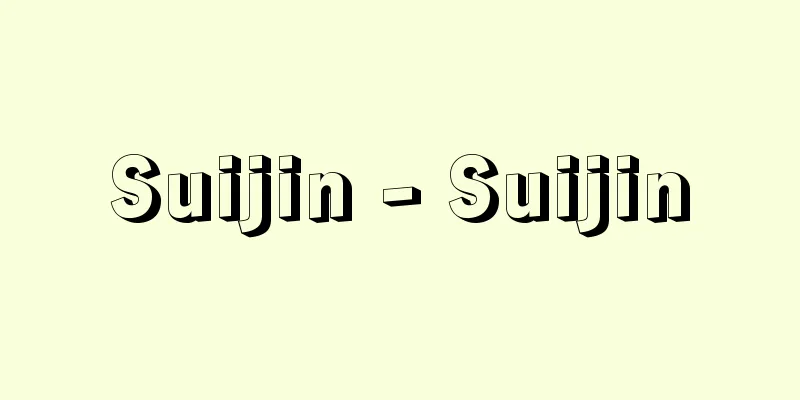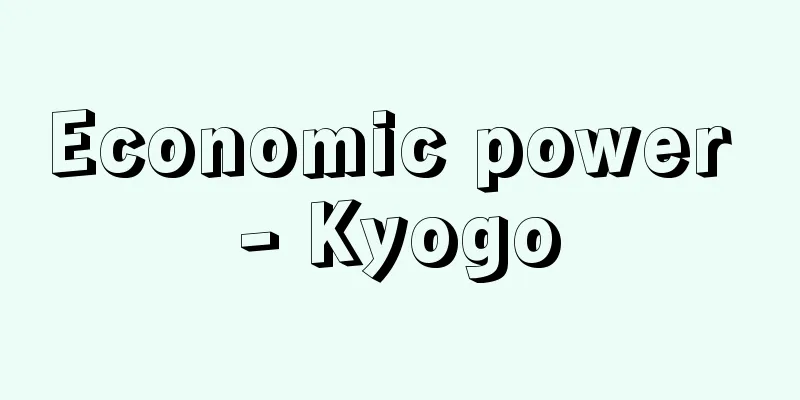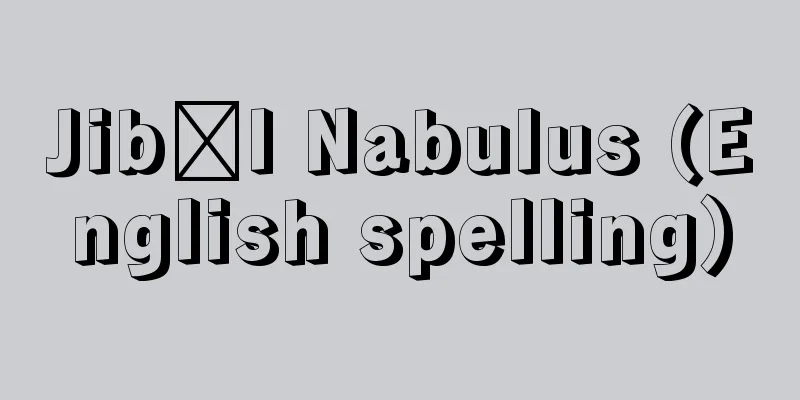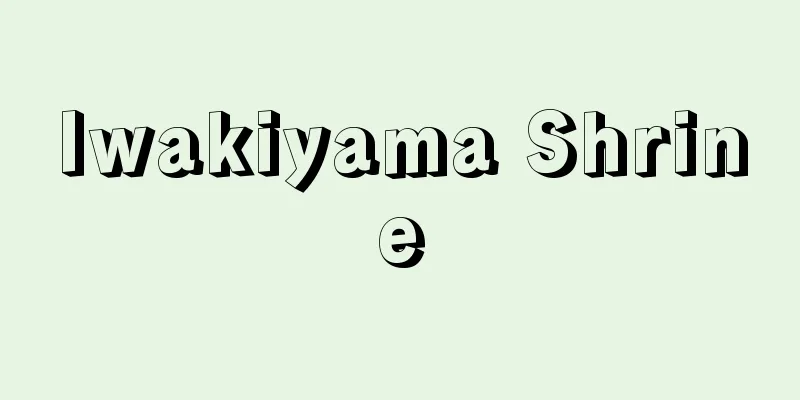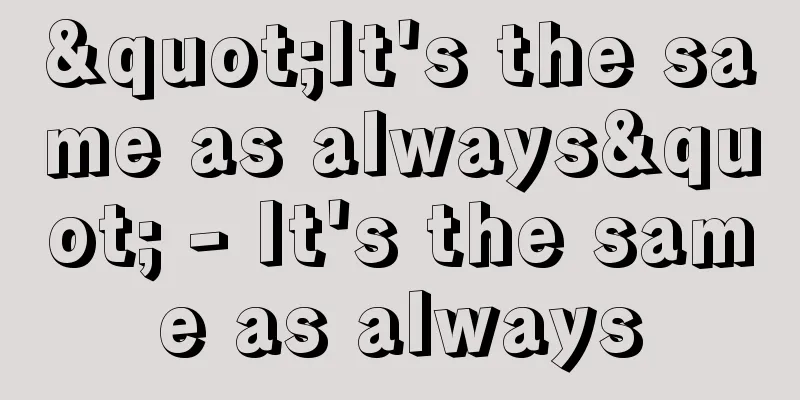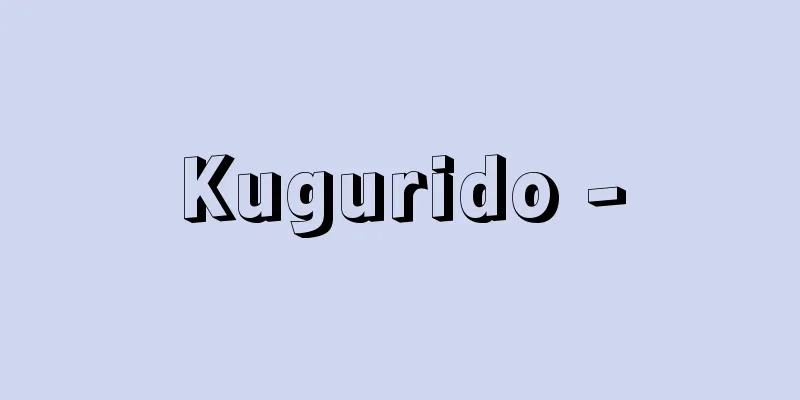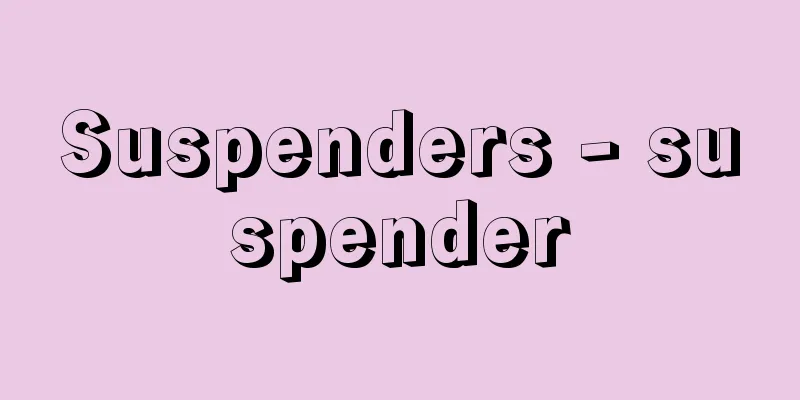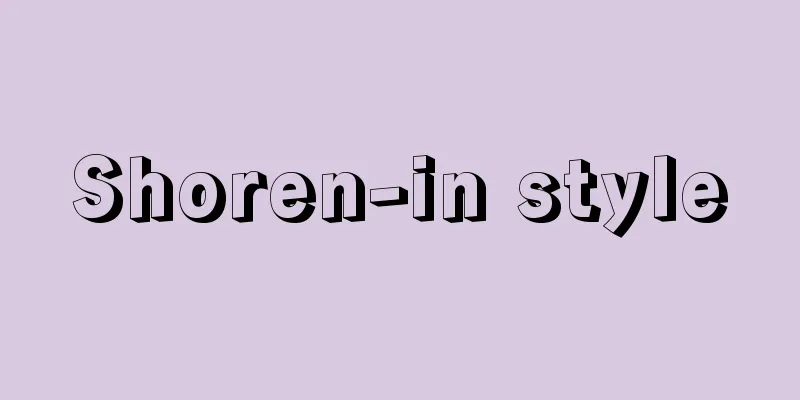Molecular compound
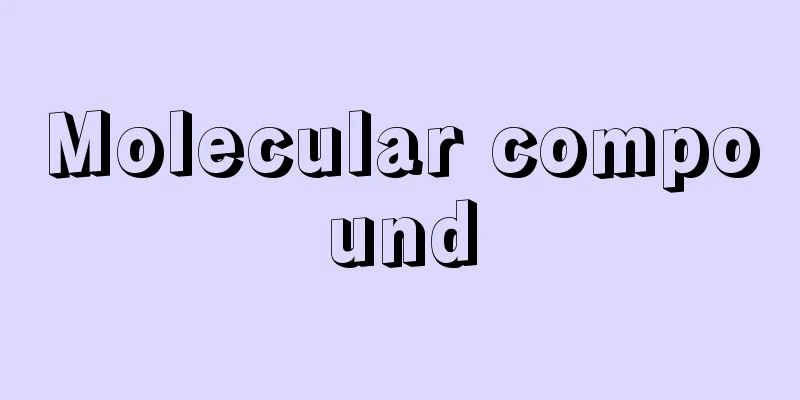
|
In a broad sense, it is the same as a higher-order compound. That is, it is a compound formed by further bonding between molecules that can exist stably on their own. Examples include dimers of formic acid and hydrogen fluoride formed by hydrogen bonding, complex compounds formed by coordinate bonds, double salts, and compounds containing water of crystallization. In a narrow sense, it is a charge-transfer complex (molecular complex) formed by the bonding of an electron donor and an electron acceptor. Electron donors include aromatic compounds, unsaturated compounds with double bonds, alcohols with unshared electron pairs, and organic compounds containing nitrogen, while electron acceptors include halogen molecules and organic halides such as iodoform and chloroform. According to RS Mulliken's theory, the bonding force that forms a molecular compound from an electron donor and an electron acceptor is caused by three types of bonding forces: a weak intermolecular force acting between the two, a covalent bond formed by the transfer of electrons from the electron donor to the electron acceptor (charge transfer), and a type of ionic bond formed by the relative electron deficiency and positive charge of the electron donor and the excess of electrons of the electron acceptor as a result of the electron transfer. For example, iodine is naturally reddish purple, but its solution in benzene turns brown because a molecular compound (charge-transfer complex) is formed between iodine and benzene. Source: Encyclopaedia Britannica Concise Encyclopedia About Encyclopaedia Britannica Concise Encyclopedia Information |
|
広義には高次化合物に同じ。すなわち単独でも安定に存在することのできる分子の間でさらに結合を生じて形成される化合物。たとえば水素結合によって生じるギ酸やフッ化水素の二量体,配位結合による錯化合物,複塩,結晶水を含む化合物などがある。狭義には電子供与体と電子受容体の結合によって生じる電荷移動錯体 (分子錯体) のこと。電子供与体としては芳香族化合物,二重結合をもつ不飽和化合物,非共有電子対をもつアルコールや窒素を含む有機化合物などがあり,電子受容体としてはハロゲン分子,ヨードホルムやクロロホルムのような有機ハロゲン化物などがある。電子供与体と電子受容体から分子化合物を生じる結合力の原因は R.S.マリケンの理論によれば,両者の間に働く弱い分子間力と,電子供与体から電子受容体への電子の移動 (電荷移動) によって生じる共有結合と,さらに電子移動の結果,相対的に電子供与体に電子不足を生じて正電荷を,電子受容体に電子過剰を生じて負電荷をもつことにより形成される一種のイオン結合の3種の結合力によると説明される。たとえばヨウ素は元来赤紫色であるが,そのベンゼン溶液が褐色を示すのはヨウ素とベンゼンの間で分子化合物 (電荷移動錯体) を生じるためである。
出典 ブリタニカ国際大百科事典 小項目事典ブリタニカ国際大百科事典 小項目事典について 情報 |
>>: Molecular science - bunshikagaku (English spelling) molecular science
Recommend
Zingiberol
…When heated to 60°C in acetic acid containing a ...
Different current - Iryu
…In various Buddhist sects, this refers to a view...
Women's school magazine
A magazine for women's enlightenment. From Ju...
Tartuffe (English: Le Tartuffe ou L'Imposteur)
A play by the French playwright Molière. A comedy...
Asterias amurensis (English spelling) Asteriasamurensis
...The octopus starfish, which is found from Hokk...
Pottery - Ceramics
〘noun〙① A general term for food cooked over a fire...
Chemical rocks
Sedimentary rocks are formed by the chemical preci...
Sweet limpet
A small, cap-shaped shell of the family Limnopodi...
Takako Fujiwara - Fujiwara no Koushi
Year of death: Enki 10.3.24 (910.5.6) Year of birt...
dissolution
… [Dissolution in chemistry] Dissolution is the p...
Spiraea prunifolia (English spelling) Spiraea prunifolia
…[Yamanaka Futoshi]. … *Some of the terminology t...
Momijiyama
A small hill between the Honmaru and Nishimaru of ...
Oquilegia labradoriensis (English spelling) Oquilegialabradoriensis
… [Minoru Imajima]. … *Some of the terminology th...
Verification - Augenscheinbeweis
Evidence examination is when a judge obtains evide...
Gonadotropins
Also known as gonadotropic hormone. Abbreviated as...
